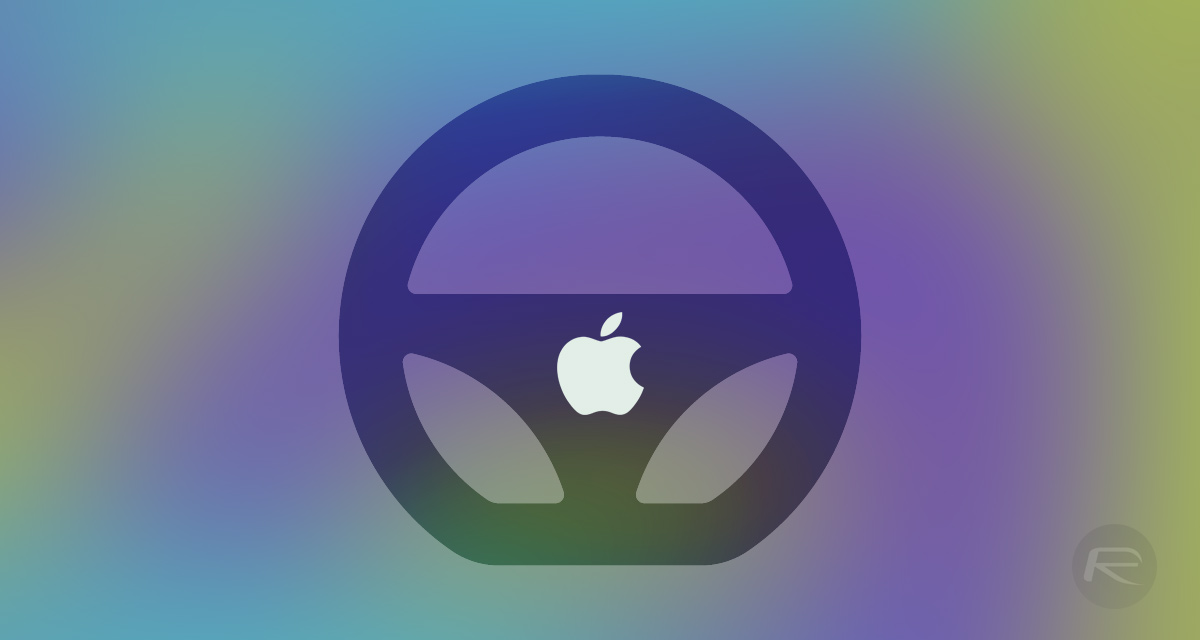Apple has always been working on the ideal garage product for many years. Although the information has not been verified yet , it is supposed that the corporation has thousands of people working on it, has spent hundreds of millions of dollars on it, and that a vehicle will be released in the next few years.
According to Hubert, other technology businesses are glad to introduce a product to a market even when that isn’t the prime time or a product that isn’t regarded as an ideal one in any new product category. Yet, Apple chose to go on another side. The strategy is not to focus on the number of products but on the quality of them, and that may enhance the chances of success.

However, Apple is still likely to decide to quit such initiatives due to the increasing challenges that Apple has to deal with. What is more, the car industry is experiencing a significant and inescapable upheaval in which its entire reason to exist must change. Before looking at Apple’s strategy, we must take a wide picture of vehicle manufacturing into consideration.
THERE ARE MANY CHALLENGES THAT APPLE HAS TO FACE
As a result of climate change, the industry will be forced to cut down on fossil fuels. In Beijing, for example, switching to electric vehicles would cool the city by 2 degrees Fahrenheit while the overall benefits can not be estimated yet.
Because of the necessity to save raw resources and the pollution caused during manufacturing, replacing all old vehicles is mandatory.
Vehicle maintenance costs will become more expensive. Some current suppliers may be unable to complete the move, and we must also contend with rapid regulatory change.
The development of autonomous vehicles will meet more difficulties. Besides, as automobiles become more self-driving, what we do inside them will alter as well.
SWITCHING GEARS
In fact, it is growing a common belief that all these changes will lead to an initial increase in Electric Vehicles (EVs), accompanied by the rise of Autonomous Vehicles (AVs). This shift will certainly be followed by an emergence in public transportation and micro-mobility solutions such as electronic scooters and autonomous transit systems.
In several countries, officials are promoting the use of personal transportation by making short automobile trips more expensive and inefficient. This means that many people will have less desire to possess a car, and the number of automobiles sold will decrease. This is why several automakers are investing in EV development, charging systems and ride-sharing schemes.
This transformation forces Apple to cope with various questions about the size of the auto market, the future of automobiles, the potential of owning a vehicle, the demand of the high-end, and so on.
According to Bernstein analysts, Apple is expected to sell 1.5 million motor cars by 2030. However, we are not sure whether the sales numbers are suitable with yardsticks for the post-gas car, and whether it is reasonable to expect these vehicles to sell in iPhone-like quantities.
It is judged by Huberty that Apple can achieve success when they’re vertically integrated, which means Apple will devote as much attention to the other pieces: building, designing, the appearance of the car, and how the components and software interact since it will be on the services. Apple also has a tendency to create ecosystems that support its services, which will facilitate the services opportunity in the long run.
The first leg of Apple’s journey will focus on getting its vehicles out into the wild, utilizing design and user trust, with the services component and following the inevitable developer platform. The outstanding examples of this strategy are iPod, iTunes, iPhone, and the App Store’s growth, which has allowed iPhones to become a tech giant. Huberty also explained that Apple was tapping into the innovative power of hundreds of thousands of developers with whom it could share economics.
THE BUSINESS PLAN OF APPLE
It’s reasonable to expect that Apple will try to create a great core product that will be complemented by a variety of profitable services and accessories. So, what else can Apple create, and where can it set its margins?
Here are the two possible strategies that Apple can utilize:
Apple is bound to emphasize the luxury presence. Anyone who has seen an Apple Watch band display in a store knows the firm is interested in luxury.
Apple’s proposal is likely to include a variety of custom and aftermarket vehicle improvements, such as seats and interiors, battery size, wheel trim, and other features. Accessories and upgrades produce a significant amount of income for many vehicle manufacturers.
Apart from physical stuff, there are five services that are required in automobiles that become self-driving in the future:
- Part of Apple’s plan may emulate the economics of radio, so location-based ads, offers, and Maps-related technologies may sit around an in-car entertainment service. Apple Car Care will be well-received, which will give subsidized repair, maintenance, and emergency services for the life of the car.
- Owners who choose to enroll their automobiles in the Apple Car Share program in order to earn some money when their vehicle is otherwise idle will send Apple 15 percent to 30 percent of the revenues.
- Upgrades to the core software will very certainly be free, with extra features accessible as paid downloads. It’s also possible that the carefully scrutinized App Store will be located there.
- Apple’s dedication to zero emissions and its desire to develop a closed-loop manufacturing system means that whatever vehicles it does put on the road will result in additional direct and indirect local investments in sustainable energy supply.
However, before it can reap the benefits of these services, Apple needs to go through a long process to get the car right. Huberty also said that it will come as no surprise if Apple releases an electric vehicle with a steering wheel that looks identical to current automobiles on the market. Apple has patents for hazard detection, AR windshields, suspension and braking systems, climate control, and more to differentiate on the hardware.







